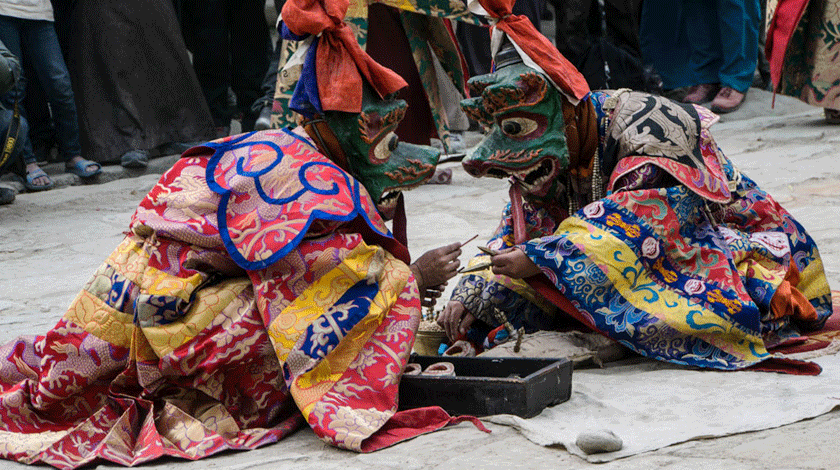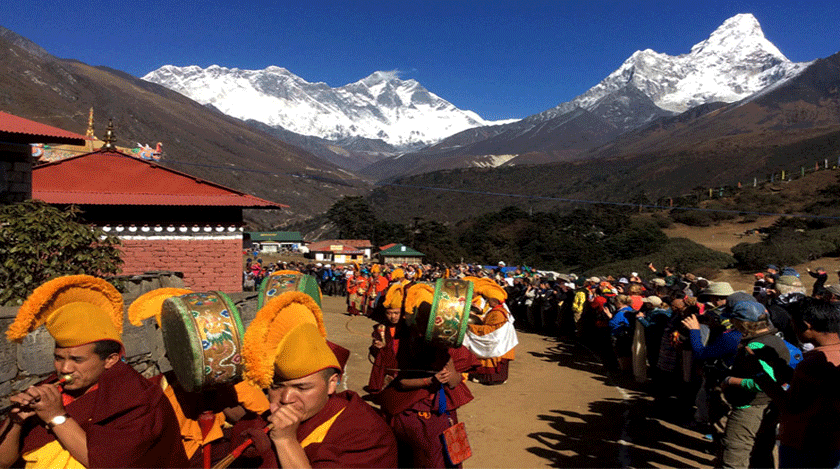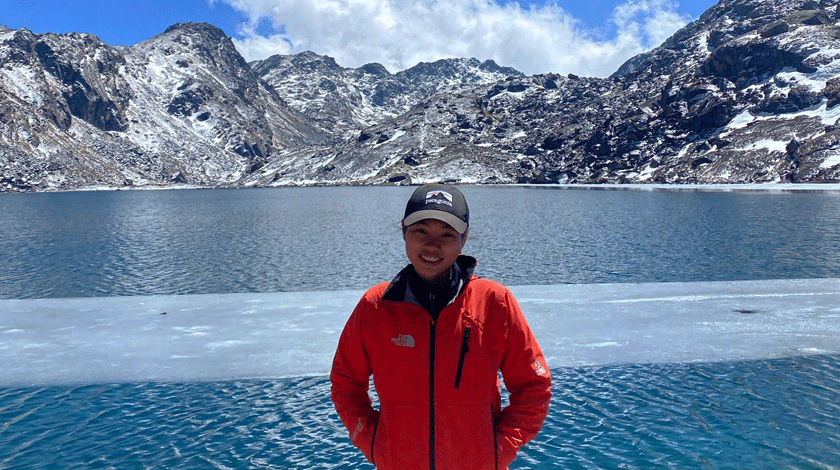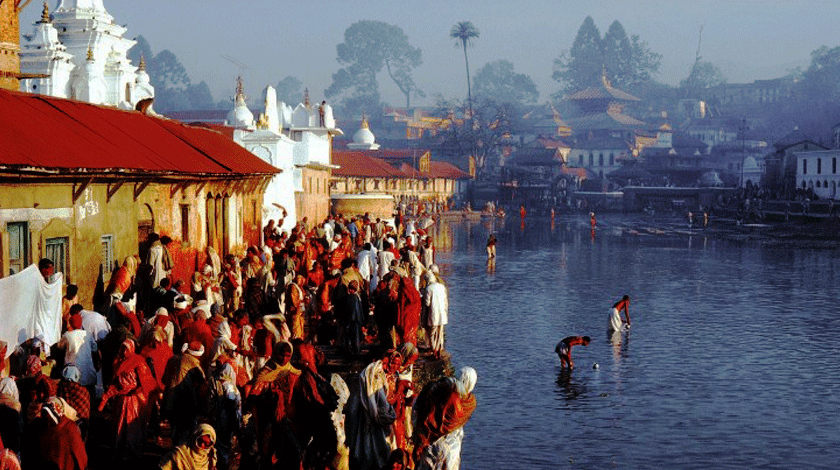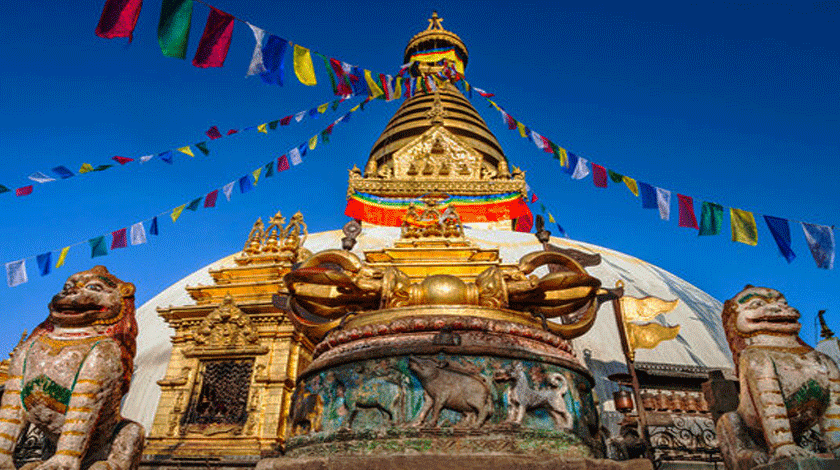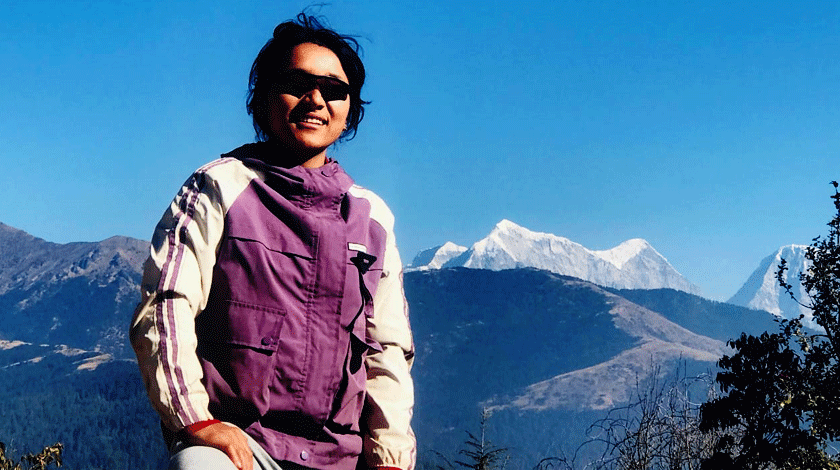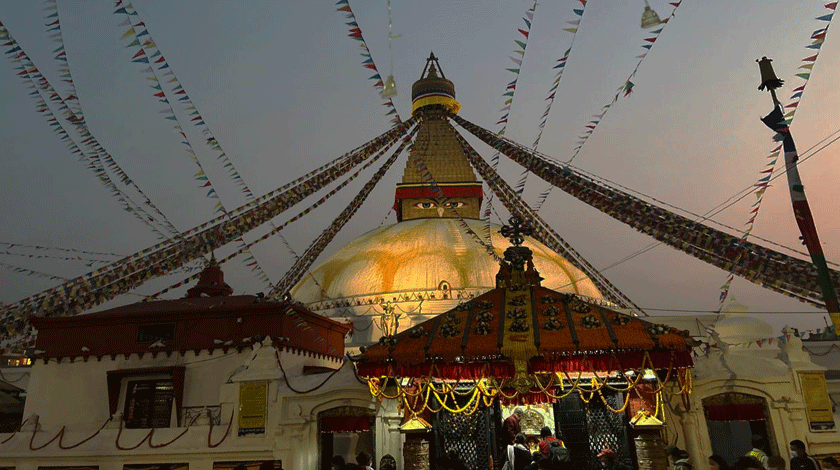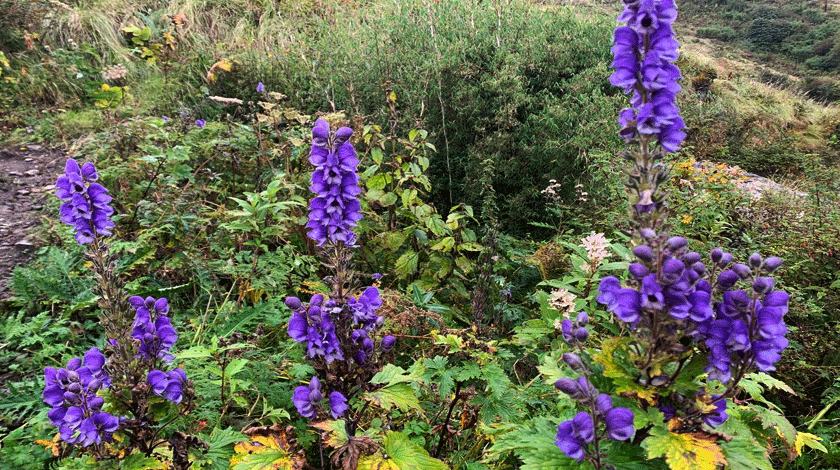Lukla Airport
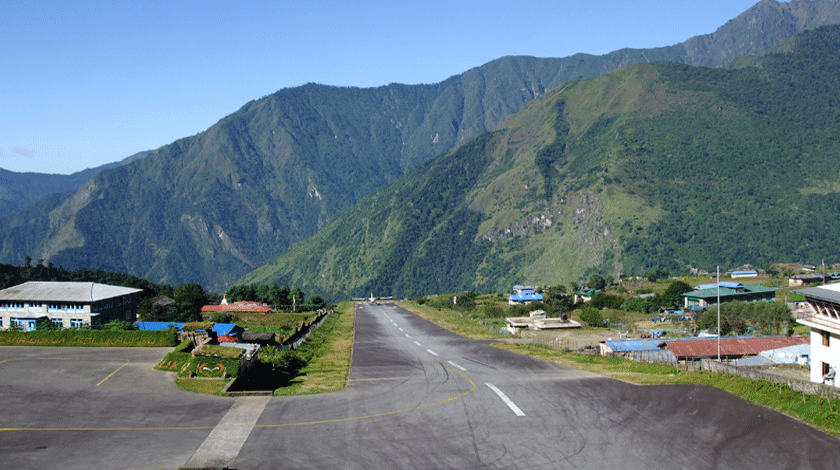
Lukla Tenzing-Hillary Airport: A Historic Tribute
Named after the legendary mountaineers Sir Edmund Hillary and Tenzing Norgay, who were the first to reach the summit of Mount Everest in 1953, Lukla Tenzing-Hillary Airport was built to provide easier access to the Everest region. The airport was constructed under the guidance of Sir Edmund Hillary in the 1960s and has since become an essential hub for travelers seeking the adventure of a lifetime in the Himalayas.
Nepal’s Lukla Airport: A Unique Flight Experience
Lukla Hillary airport Nepal is renowned for its short and sloped runway, measuring only about 527 meters (1,729 feet) in length. The airport is approximately 2,860 meters (9,383 feet) above sea level, surrounded by towering peaks and deep valleys. The landing and takeoff experience at Lukla is nothing short of exhilarating, as pilots must navigate challenging weather conditions, strong winds, and a steep approach.
Landing in Lukla Airport: A Thrilling Adventure
The experience of landing in Lukla Airport is an adventure in itself. Flights typically operate from Kathmandu or Ramechhap, and the journey takes 25-30 minutes. As the aircraft approaches Lukla Hillary airport, passengers are treated to breathtaking views of the Himalayan range. Due to the airport’s location on a mountain ridge, pilots must execute precise maneuvers to land safely on the short runway, which ends at a steep cliffside.
Syangboche Airport
Syangboche Airport was built for cargo and tourism purposes in the 1970s. Despite its strategic location near Namche Bazaar (the largest Sherpa settlement in the region), the airport faced several operational challenges:
- Short and Unpaved Runway – Unlike Lukla’s Tenzing-Hillary Airport, Syangboche’s unpaved, sloped runway increased the risk of landings and takeoffs.
- High Altitude and Weather Conditions – The high altitude and thin air at this elevation reduced lift for fixed-wing aircraft, limiting the types of planes that could land. Frequent fog, strong winds, and unpredictable weather further disrupted operations.
- Absence of Commercial Flights – These challenges prevented the airport from hosting scheduled commercial flights. Instead, only chartered flights and helicopters operated occasionally, mainly for tourism, medical emergencies, or supply transport.
- Over time, Syangboche became a key site for helicopter landings, supporting high-altitude rescues and VIP visitors seeking a quicker route to the Everest region.
- However, locals have now restricted helicopter tours in Syangboche and Sagarmatha National Park, citing disturbances to the national park and tourist hotel business.
Timeline of Construction
- Sir Edmund Hillary supported the construction of Lukla Airport in 1964 to improve access to the Everest region. In the 1970s, builders developed Syangboche Airport primarily for cargo transport and occasional tourist flights. Both airports aimed to support trekking and mountaineering in the Everest region. However, Lukla emerged as the primary entry point thanks to its better infrastructure, longer paved runway, and ability to accommodate scheduled commercial flights. In contrast, Syangboche remained largely unused for fixed-wing aircraft due to its unpaved runway, high altitude, and challenging landing conditions.
History of Lukla Airport
Lukla, a small town in the Solukhumbu district of Nepal, holds great historical and cultural significance as the gateway to Mount Everest. The town became prominent due to the rise of trekking and mountaineering in the Everest region. In the initial time, people started to live there because of the prominent land for grassing sheep and goats in the area. Then the place became the societal place when many settlements took place in the valley.
Lukla, meaning “place with many goats and sheep” in the Sherpa language, has long been home to Sherpa communities. People historically used the region for seasonal herding and trade between Nepal and Tibet. Before modern trekking routes emerged, they traveled on foot, following ancient trade paths that connected Solu (the lower region) with Khumbu (the higher region). Today, the area thrives as a tourism hub and serves as a renowned gateway to the Everest region.
The Construction of Lukla Airport (1964)
One of the most significant events in Lukla’s history was the construction of Lukla Airport (now Tenzing-Hillary Airport) in 1964. The airport was built under the initiative of Sir Edmund Hillary, who recognized the need for an easier way to access the Everest region.
- Before the Hillary airport: Travelers had to trek for several days from Jiri, the closest road-accessible town, to reach Lukla.
- Land Acquisition: It is said that Hillary purchased the land from local Sherpas and helped construct the airstrip.
- Runway Details: Initially, the runway was unpaved and grass-covered, later asphalted in 2001 to improve safety.
Today, many consider Lukla Airport one of the most dangerous in the world due to its short 527-meter runway. Also being at an elevation of 2,860-meter altitude, and steep gradient.
Lukla Airport Elevation and Its Impact on Flights
The high elevation of Lukla Hillary airport poses unique challenges for both pilots and passengers. At nearly 3,000 meters above sea level, the thin air affects aircraft performance, requiring skilled flying techniques. Weather conditions at this altitude are unpredictable, with frequent changes in visibility and strong gusts of wind that can impact flight schedules. Trekkers are advised to keep buffer days in their itineraries in case of delays due to weather conditions.
Development as a Trekking Hub
With the rise of trekking and mountaineering tourism in Nepal during the 1970s and 1980s, Lukla transformed into a major trekking hub:
- The town developed lodges, teahouses, and trekking services for visitors heading to Everest Base Camp.
- The Everest region became a UNESCO World Heritage Site in 1979, increasing Lukla’s global recognition.
- Improved helicopter services and flights from Kathmandu made Lukla more accessible, boosting tourism.
Lukla Airport Photos: Capturing the Beauty and Excitement
For many travelers, Lukla Airport photos are a prized souvenir of their journey. The airport’s dramatic location, coupled with the breathtaking Himalayan backdrop, makes for incredible photography. Whether it’s capturing the thrilling moment of a plane landing or taking off, or the panoramic views of the surrounding peaks, Lukla Airport provides a fantastic opportunity for stunning imagery.
Present-Day Lukla
Today, Lukla remains the busiest starting point for Everest trekkers. Despite its challenges, the airport handles thousands of trekkers, climbers, and goods every year. The town also plays an important role in the local economy, with Sherpas running lodges, restaurants, and trekking businesses.
However, Lukla faces some modern challenges such as:
- Flight cancellations and delays due to unpredictable weather.
- Over-tourism and environmental concerns affecting local sustainability.
- Alternative routes developing, such as Phaplu and Jiri, to ease congestion in Lukla.
Conclusion
Lukla Airport remains one of the most fascinating and essential gateways for adventurers heading to Everest Base Camp and beyond. Despite its challenges, the airport provides access to one of the world’s most iconic trekking routes. Whether you’re an adventure seeker, a photographer, or a passionate traveler, experiencing Kathmandu Lukla Airport is a memorable part of any Himalayan journey. If you’re planning a trek in Nepal, be sure to prepare for the thrilling adventure that begins with a flight to Lukla Tenzing-Hillary Airport.


